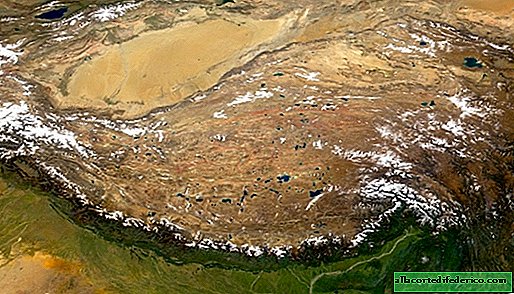How to cause rain: China plans to improve the climate
Experiments with weather in the modern world will not surprise anyone: scientists have learned to disperse clouds, provoke local rainfall, prolonged drought and much more. There are more global projects about which little is known and which are financed as part of military programs. But not so long ago, China, whose experts conduct experiments in the field of climate change, announced that it intends to improve the situation in the arid western regions of the country.


Given the current trend to reduce rainfall in this part of China, the authorities decided to implement a technology to improve the weather. It is assumed that the system will consist of a large number of combustion chambers, which as a result of their work will produce silver iodide. This substance is a rain-forming reagent, that is, it acts as a stimulator of precipitation. The cameras will provoke precipitation from air masses that bring moisture from the Indian Ocean. Meteorological stations also participating in the project will record the passage of monsoons, and cameras will be launched based on real-time data.

China intends to place several thousand combustion chambers on the Tibetan Plateau, and if it succeeds in implementing this project, it will be the largest-scale planned transformation of the climate on our planet. Despite the optimism of the Chinese engineers, many are critical of such ambitious plans. The fact is that the Tibetan Plateau has a huge impact on the climate situation not only in southwestern China, but throughout the region.

Neighboring countries such as India, Nepal, Bhutan, or Bangladesh can be seriously affected by Chinese climate experiments. For example, increased upstream rainfall can trigger downstream floods. Most experts note that the outcome of China’s ambitious plans is impossible to predict.

















